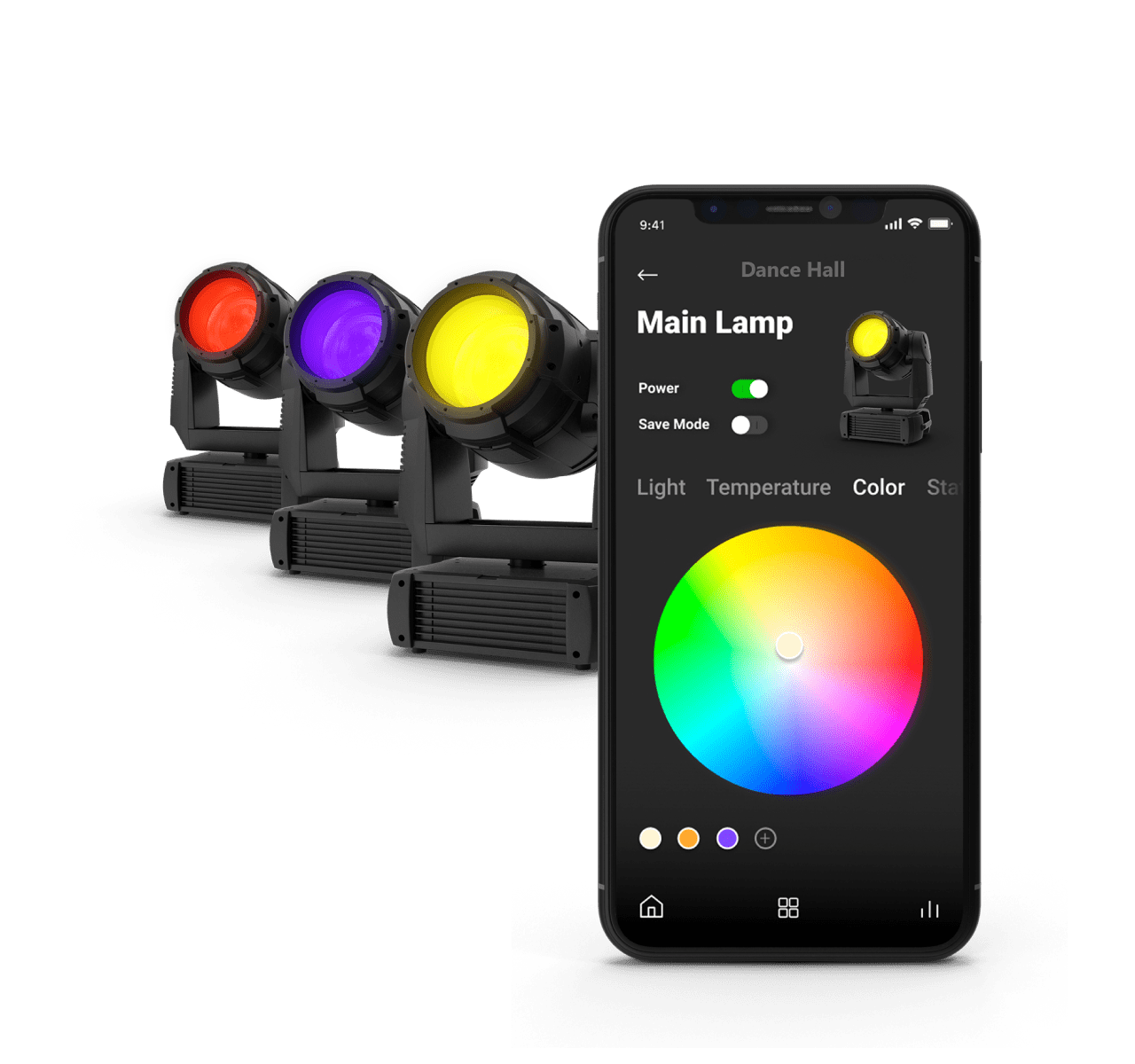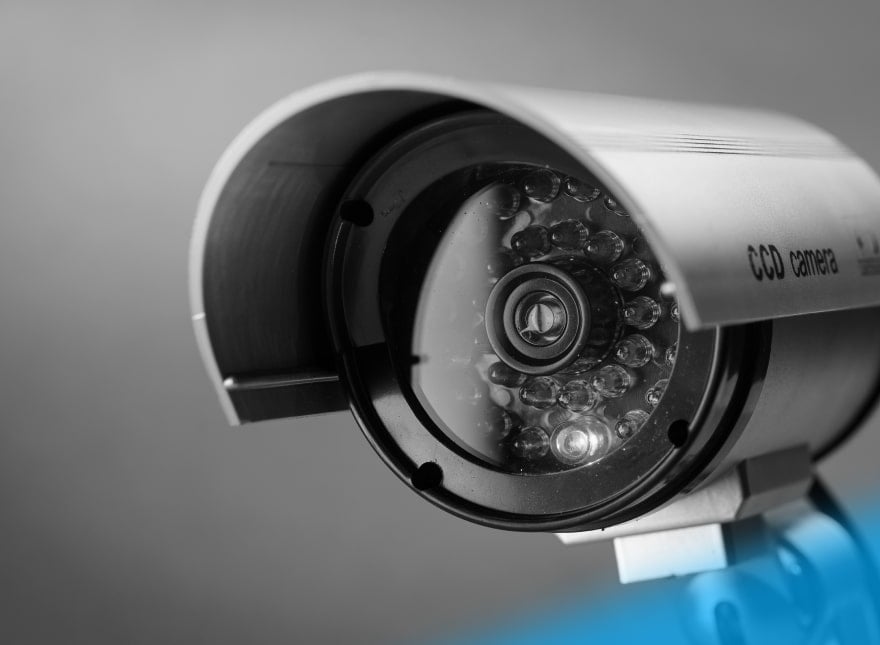Check out our latest blog article: From component to enterprise – modular robotics done right.
Introduction to Embedded System Software: Key Concepts and Components


Embedded software is everywhere, driving everything from smart home devices to industrial automation systems. It powers the firmware in wearable fitness trackers and the control systems behind factory robotics—ensuring seamless operation and efficiency. With deep expertise in embedded engineering, Softeq helps businesses design, develop, and optimize these critical software solutions to bring innovative products to market faster.
For those new to the field, understanding the key concepts and components of embedded system software is essential. This guide breaks down the basics—what embedded software is, how it works, and why it’s crucial in modern technology.
What Is Embedded System Software?
Embedded system software is specialized programming designed to run on dedicated hardware. Unlike general-purpose software that runs on PCs or mobile devices, embedded software is built for specific tasks and optimized for performance, power efficiency, and reliability.
These systems operate with minimal user interaction and often run on microcontrollers (MCUs) or microprocessors (MPUs). Examples include automotive control units, medical devices, smart shopping devices, smart home products, and industrial machinery.
Key Components of Embedded System Software
1. Firmware: The Core Software Layer
At the heart of every embedded system is firmware—the low-level software that provides essential instructions to the hardware. Firmware is stored in non-volatile memory (like flash storage or ROM) and ensures the device functions correctly from power-up.
Key functions of firmware include:
- Initializing hardware components
- Managing system boot-up (bootloader)
- Enabling communication with sensors, actuators, and peripherals
Firmware must be efficient and stable, as many embedded systems operate in real-time environments where performance is critical.
2. Real-Time Operating System (RTOS): Managing Tasks
Some embedded systems require an RTOS to manage multiple tasks simultaneously. Unlike general-purpose operating systems (like Windows or Linux), an RTOS is optimized for real-time performance.
Key features of an RTOS include:
2.1 Kernel services:
- Process management - Oversees task execution, resource allocation, and system-level scheduling to ensure efficient process handling across applications.
- Memory Management - Handles dynamic memory allocation and deallocation to optimize system performance and resource utilization.
- I/O System (Device) Management - Directs input/output operations by channeling application requests to the correct hardware interfaces and devices.
- File System Management - Manages file operations, including creation, modification, storage, and deletion of files and directories, maintaining data integrity and accessibility.
2.2. Device Drivers and Hardware Abstraction Layer (HAL) : Bridging Hardware and Software
Embedded systems interact with hardware through device drivers—software components that allow the system to communicate with peripherals such as:
- Sensors (e.g., temperature, motion, pressure)
- Actuators (e.g., motors, valves)
- Displays and input devices
Without device drivers, embedded software wouldn't be able to interpret data from external components or control physical processes.
3. Middleware: Enabling Communication and Integration
Middleware is the behind-the-scenes coordinator that makes sure everything works together seamlessly. It sits between a device’s firmware and the applications, helping gadgets connect with cloud services, wireless networks, and other smart devices so they can share and smoothly process data.
Here are a few of the things middleware handles:
- Communication: Managing protocols such as Bluetooth, Wi-Fi, and Zigbee to keep devices talking to each other.
- Security: Protecting data with encryption and authentication, ensuring your information stays safe.
- Connectivity: Enabling IoT features, making remote monitoring and control possible.
Middleware plays a crucial role in everyday technology, from smart home devices to connected healthcare and industrial IoT systems, ensuring seamless integration and reliable performance.

4. Application Software: The User-Facing Layer
The application layer provides the specific functionality that the embedded system was designed to deliver. It could be:
- A wearable fitness tracker analyzing heart rate and steps
- A smart thermostat adjusting room temperature based on user settings
- An automated factory machine executing production sequences
The application software works in harmony with the underlying firmware, RTOS, and middleware to deliver the intended functionality.
Why Embedded System Software Matters
Embedded software is what makes modern technology intelligent and efficient. Without it, devices wouldn’t be able to sense, process, and respond to real-world inputs. As industries move toward smarter, more connected systems, the demand for reliable embedded software continues to grow.
Businesses looking to develop high-performance embedded solutions need to consider:
- Security: Protecting devices from cyber threats
- Scalability: Ensuring software can support future updates and expansions
- Power efficiency: Optimizing battery life in portable and low-power applications
Building Smarter Embedded Systems
Understanding embedded system software is the first step toward developing innovative, high-performance IoT and embedded solutions. Whether you're working on smart devices, industrial automation, or connected healthcare, a solid grasp of hardware firmware, RTOS, drivers, middleware, and application software is essential.
We specialize in end-to-end embedded software development, helping businesses create scalable, secure, and high-performance solutions tailored to their industry. From low-level firmware and RTOS integration to cloud connectivity and AI-driven edge computing, our expertise ensures your product is optimized for performance, reliability, and security.
More articles on the topic





